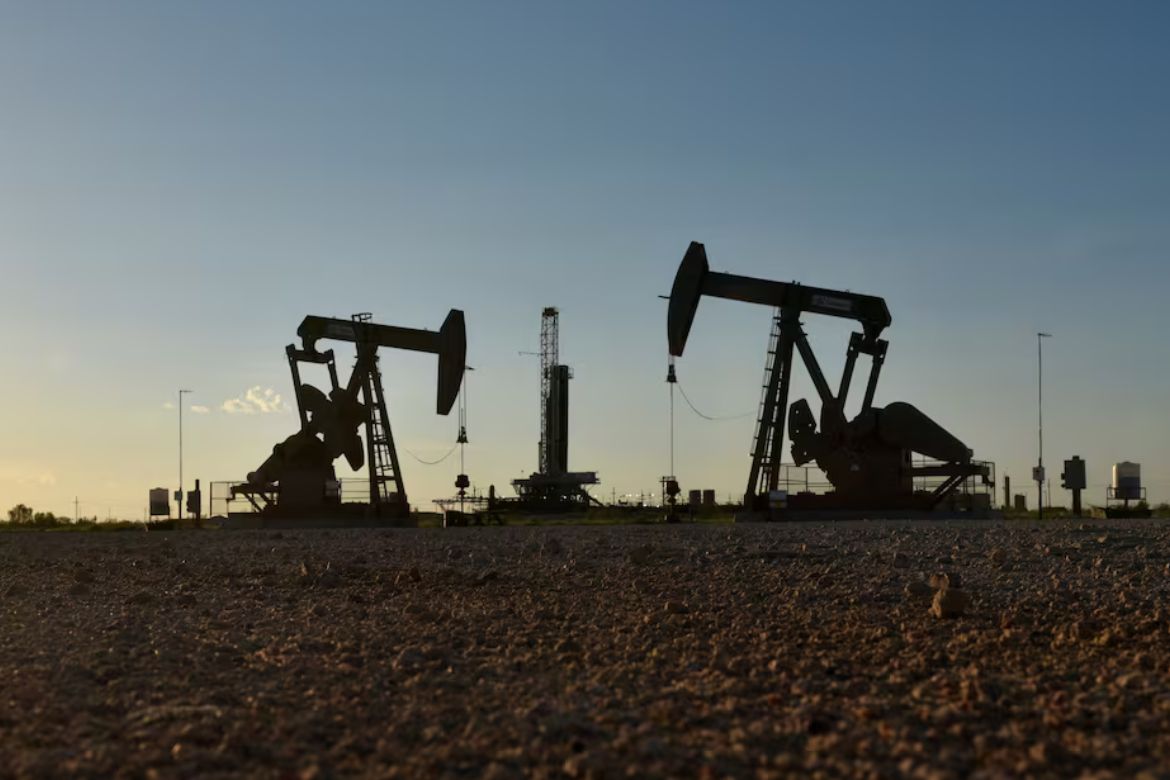The United States, holding its position as the world’s foremost oil and gas producer, is poised for another year of record-breaking production, albeit with a notably smaller uptick. This comes as companies reel back operations following a flurry of industry acquisitions, analysts have noted.
Last year saw American oilfields reach a historic peak of 12.9 million barrels per day, driven by innovative technologies countering lower oil prices and decreased rig counts. Expectations for this year suggest a more tempered growth trajectory, attributed in part to a lower rig count, a key precursor to future output.
“The rig count declined throughout 2023, but the production impact will be felt in 2024,” said Utkarsh Gupta, a senior analyst at Wood Mackenzie.
Wood Mackenzie forecasts a 270,000-barrel-per-day increase in output for this year, closely aligning with the US Energy Information Administration’s projection of a 260,000-barrel-per-day rise.
Despite challenges, some analysts remain optimistic about US production prospects. Macquarie anticipates supply reaching approximately 14 million barrels per day by year-end, citing potential growth drivers amidst ongoing cost efficiencies.
Last year, the US oil sector witnessed significant mergers and acquisitions, as major players sought to bolster their presence in key domestic shale oilfields.
The surge in production can be attributed partly to a delayed response to the Russian invasion of Ukraine in 2022, propelling oil prices to unprecedented levels. The Permian Basin in Texas and New Mexico continues to serve as a focal point for shale resurgence, cementing the US as the top global crude producer since 2018.
While the increase in production has helped stabilize domestic fuel prices, concerns linger over its environmental impact, particularly in light of the US’s commitments to addressing climate change.
President Joe Biden’s administration has taken steps to rein in fossil fuel emissions, though challenges persist amid continued reliance on production growth strategies by major industry players.
The US aims for significant reductions in greenhouse gas emissions by 2030 and carbon neutrality by 2050. However, achieving these goals necessitates substantial investments and a shift away from carbon-intensive energy sources, a transition not without its hurdles.



